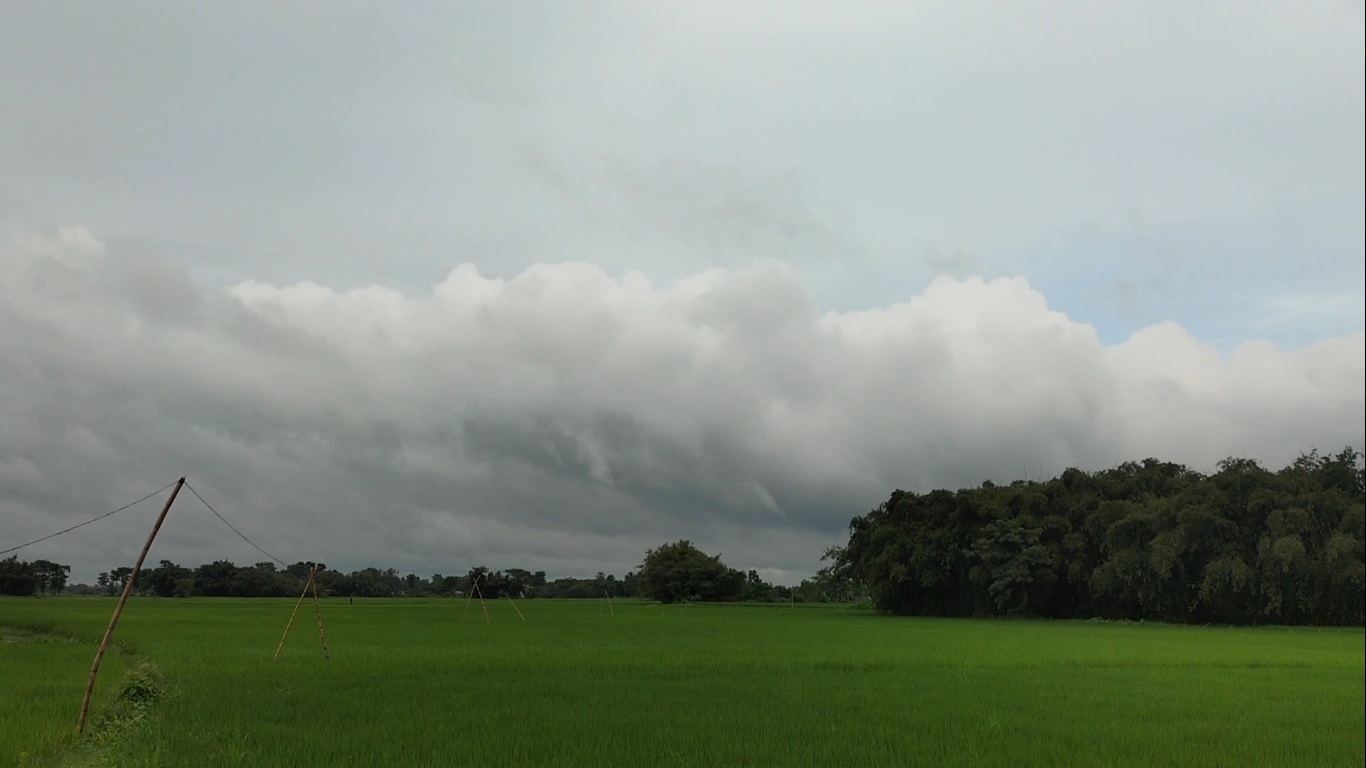Monsoon rainfall is more than just a seasonal downpour—it is the heartbeat of agricultural economies, a source of life for billions, and a force of nature that can bring both prosperity and destruction. Each year, from June to September, countries across South Asia, particularly India, Pakistan, Bangladesh, and Nepal, await the arrival of the monsoon with hope and anxiety.
Understanding monsoon rainfall, its patterns, effects, and changing behavior due to climate change is essential for sustainability, disaster management, and agricultural planning.
What is Monsoon Rainfall?
Monsoon rainfall refers to the seasonal wind-driven rain that occurs due to the differential heating of land and ocean. As summer heats the Indian subcontinent, low-pressure zones form, pulling in moist winds from the Indian Ocean. These moisture-laden winds hit the Himalayan barrier, rise, cool down, and release their moisture as rain. The result is heavy and consistent rainfall across large regions.
This natural cycle plays a vital role in maintaining the water cycle, refilling groundwater reserves, and nourishing crops. Over 70% of annual rainfall in South Asia comes from the monsoon season, making it the single most important climatic event for the region.
Importance of Monsoon Rainfall in Agriculture
Agriculture in many developing countries is heavily dependent on monsoon rainfall. In nations like Pakistan and India, more than 60% of farmers rely on seasonal rains to water their crops. Monsoon rains directly impact the yields of rice, cotton, sugarcane, and maize. A good monsoon often means a bumper harvest, lower food prices, and economic stability.
On the other hand, a weak or delayed monsoon can lead to droughts, water shortages, crop failure, and food inflation. This domino effect not only impacts rural livelihoods but also hits urban populations through higher food costs and increased energy consumption due to water scarcity.
Urban Flooding and Infrastructure Challenges
While monsoon rainfall is a blessing for agriculture, it becomes a curse in urban areas with poor drainage systems. Cities like Karachi, Mumbai, Dhaka, and Manila face severe urban flooding every year due to clogged drains, unplanned construction, and lack of proper water management. Roads turn into rivers, electricity outages become common, and thousands are displaced due to waterlogging.
Local governments are under increasing pressure to invest in climate-resilient infrastructure to deal with the excess water that accompanies heavy monsoon seasons. Sustainable drainage systems, urban forests, and rainwater harvesting are some of the solutions being explored to manage this challenge.
Climate Change and Changing Monsoon Patterns
One of the most concerning developments in recent years is the erratic nature of monsoon rainfall due to global warming. Climate scientists have observed that while the total volume of rainfall may remain the same or increase, its distribution is becoming increasingly uneven. Sudden cloudbursts, long dry spells followed by extreme rain, and unseasonal showers are now becoming the norm.
This unpredictability makes planning difficult for farmers and governments alike. Floods and droughts are happening within the same region in the same season, putting pressure on water reservoirs, power plants, and crop cycles. Climate change adaptation strategies must now include improved monsoon forecasting, early warning systems, and robust disaster response plans.
Read More: Mecca Weather: 42°C Heatwave Hits Today
Conclusion: Preparing for the Future
Monsoon rainfall will always remain an integral part of life in tropical and subtropical regions. Its role in feeding millions and sustaining ecological balance cannot be overstated. However, with the twin challenges of urbanization and climate change, it is crucial that we shift from reactive to proactive strategies.
Investing in weather prediction technology, educating farmers, creating water reserves, and building resilient infrastructure are steps that must be taken immediately. Only through coordinated action between governments, scientists, and communities can the blessings of monsoon rainfall be preserved and its risks mitigated.
Read More: Babusar Top and Gati Das Under Advisory: What Travelers Need to Know









